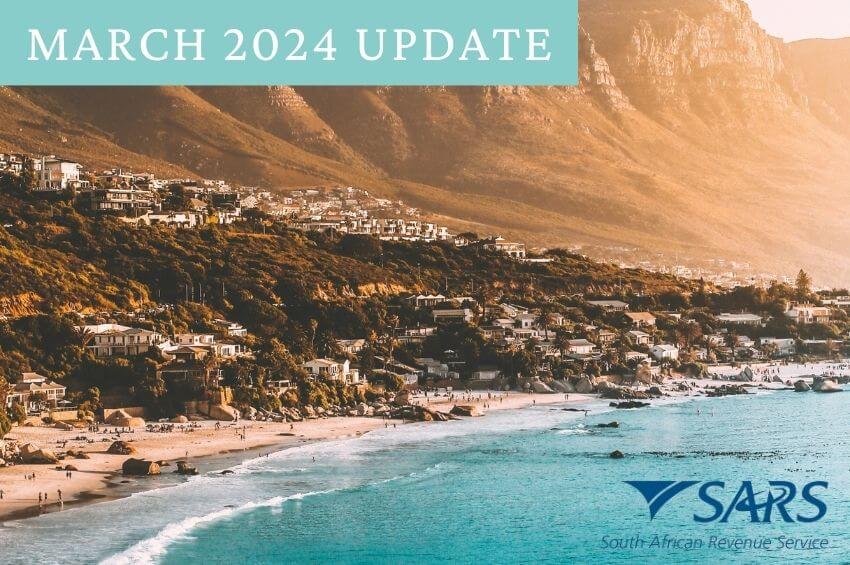

Home Steady Decline In Expats Seeking Skilled Work Visas


Steady Decline In Expats Seeking Skilled Work Visas
Demand from employers for temporary visas for skilled migrants continues to fall in Australia, according to government statistics.
The visa, known as subclass 457, has become less popular since 2009 when new criteria were added to the conditions of application.
That’s when applicants had to meet minimum English language requirements and some were required to have their skills assessed formally.
Until recently, the 457 visa programme was the most popular route for employing foreign workers but there has been a steady decline in the last six months.
Between July and November last year, applications fell by 4% and number approved fell by 12%.
Paying market rate
Sponsoring employers also had to prove that they were paying the market rate and that the migrant’s terms and conditions of employment were no different to others employed in the same role in a bid to reduce the allegations of exploitation.
A spokesman for Australia’s Department of Immigration and Citizenship’s (DIAC) said the decreasing trend in applications had started in June last year.
He added: “Applications have now declined in the last three consecutive months which reflects the changing needs of Australia’s economy.”
The biggest falls in applications has been seen in the mining and construction industries which had been behind most of the demand for the visa programme.
Employers in the telecoms, media and healthcare industries are also filing fewer temporary visas.
The attraction for employers using the 457 visa programme is that numbers of applicants was uncapped.
Demand for professionals
The DIAC spokesman said: “In recent years we have seen the demand for trades grow but most of the applications are still for highly skilled managers and professionals.
“To illustrate this, in November the total the number of applicants who held a university degree or a higher qualification accounted for 64% of the total.
“We have also seen the salaries for those using the temporary visa programme being reflected in the targeting of highly skilled workers with the average salary being paid of £59,000.”
He added that the average salary being paid to professionals using the programme was £71,700.
DIAC say the changes made to the programme helped the country because employers had to prove they were making a ‘measurable contribution’ to training Australians and also prove, in writing, they were committed to employing local labour where possible and having non-discriminatory practices in their workplace.
The decline also mirrors the growing debate in Australia for Australians to be offered jobs before they are offered to migrant workers and a stated aim by the government there to crackdown on the misuse of its visa system by students and workers.
Related
You May Also Like


South African Expat Tax Update 2024
South African expatriates should not only understand the newly implemented 2023/2024 tax laws, which aim at taxing their...


British Expats – please cancel your Premium Bonds now!!
“They are nowhere near as good as they used to be and now that you are an expat,...


Why aren’t you saving? Understanding the consequences
Waiting to start saving for retirement? You’re not alone. According to a survey from the Employee Benefit Research...
DISCLOSURE:
mikecoady.com, the website, does not provide financial, investment or tax advice. It is specially designed to provide its users with general information. It does not give individual or specific advice on which products or services are the most appropriate for an individual’s particular circumstances. We may from time to time publish content on this site that has been created by affiliated or unaffiliated contributors.




